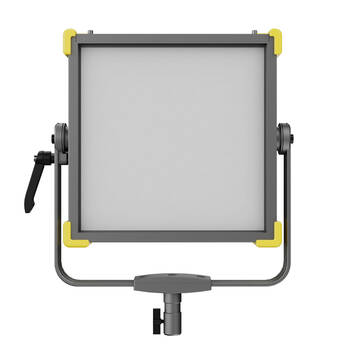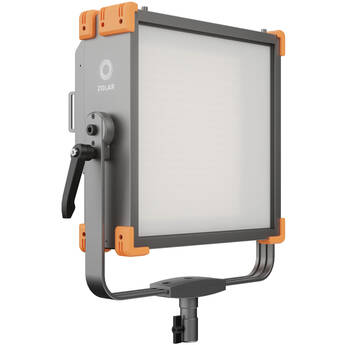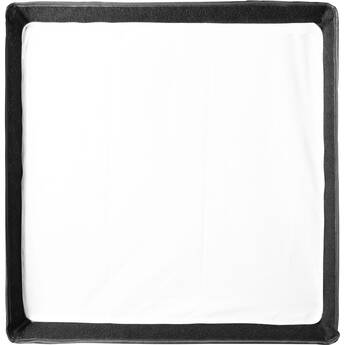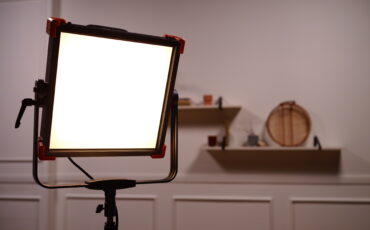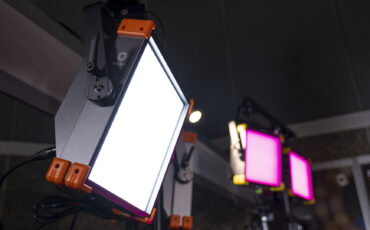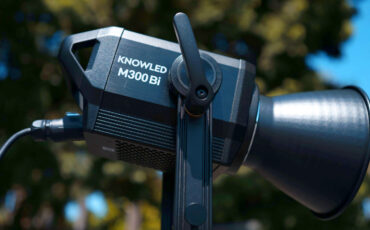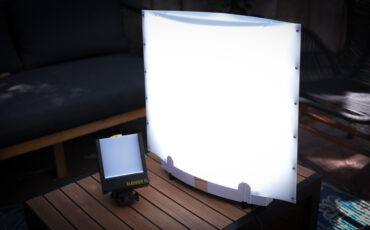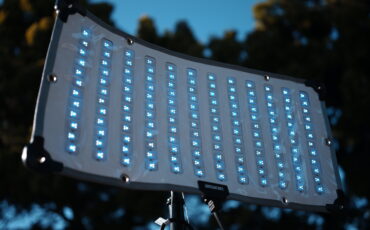ZOLAR Vega and Toliman 1×1 LED Light Panels Review – With Video!
ZOLAR is a sibling company of cinema camera manufacturer Z CAM and a new player in the lighting world. Their first light series is made up of three 1×1 LED panels (ZOLAR Vega 30C, Toliman 30C and Toliman 30S) and promises to provide high color accuracy at an accessible price. But how do these lights perform in the field? Let’s find out!
ZOLAR moved its first steps in the lighting market back at IBC 2022 when this newborn brand introduced three 1×1 LED panels, namely the Vega 30C RGBAW, the Toliman 30C bi-color and the Toliman 30S bi-color fixtures.
My colleague Graham had the chance to take these lights out for a spin. He summed up his thoughts in a previous article, which is now being complemented by a video review and his independent photometric measurements. So let’s do a quick recap on the new ZOLAR LED panels!
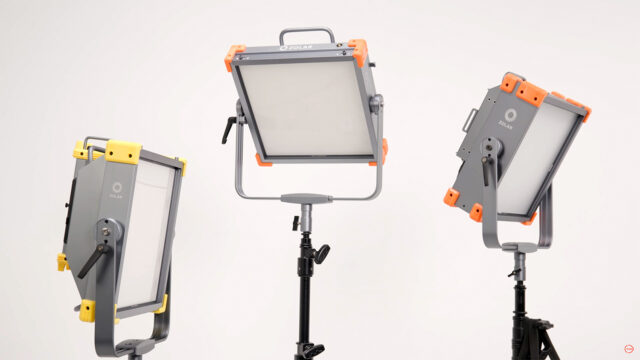
ZOLAR Vega and Toliman 1×1 LED panels – summary
The ZOLAR lighting ecosystem currently consists of three LED panels that are slightly larger than the standard 1×1’ size. In particular:
ARRI Lighting Systems Control
- the Vega 30C features an RGBAW color engine and offers an extremely wide color temperature range, spanning from 2,000 up to 20,000K (CCT Mode);
- the Toliman 30C is a bi-color fixture with a more standard CCT range of 3,200-5,600K;
- the Toliman 30S is the “entry-level” model. It shares the same CCT range as the Toliman 30C, but mainly lacks DMX control and provides a lower light output.
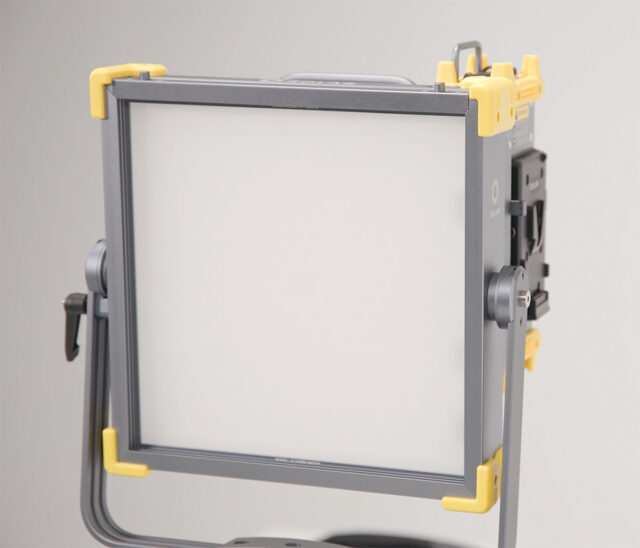
Despite being a newcomer in this field, ZOLAR is riding on Z CAM’s good reputation and expertise. You can already tell they did a remarkable job in designing their first light series just by looking at the solid matte grey aluminum alloy protecting the LED panels. This also integrates a sort of color-coding convention. Indeed, the two bi-color models feature orange corner plastic parts, that are yellow on the RGBAW variant.
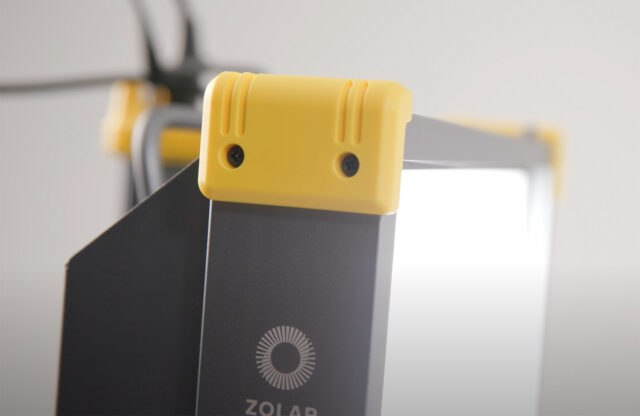
Each lamp weighs less than 4.5kg/10lbs and integrates a convenient diffusion system, called ZOLAR Stylist. This consists of a double-sided panel that can be easily removed and flipped to the other face in order to modify the light’s beam angle. However, it’s not hard to foresee that ZOLAR could expand this solution in the future.
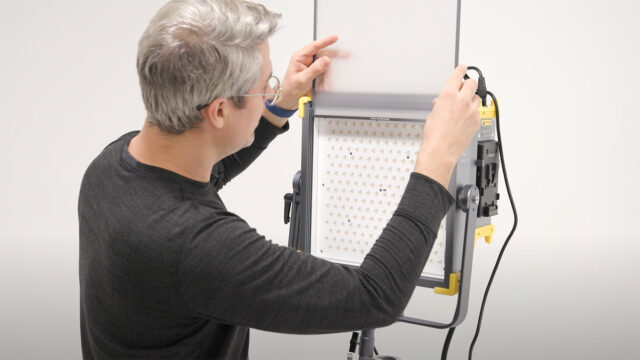
ZOLAR LED panels – power and control
The three lights differ in their power draw. The Toliman 30S is the least power-hungry model (around 120W) and can draw juice from DC power or a single V-mount battery that can be attached directly to the back of the light body. On the other hand, the Vega 30C and Toliman 30C come with a dedicated power supply unit with robust Neutrik power connectors but require two V-mount bricks if you want to rely on battery power.
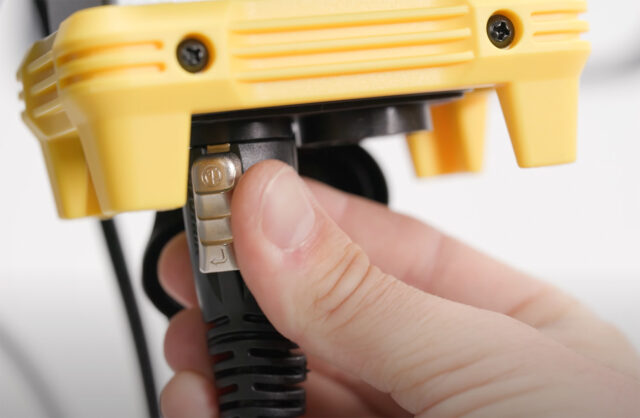
Overall, the ZOLAR light panels offer a good amount of flexibility when it comes to controlling the fixtures. All models feature onboard controls, come with an included remote controller and can be connected to smart devices via Bluetooth using the ZOLAR App (iOS/Android).
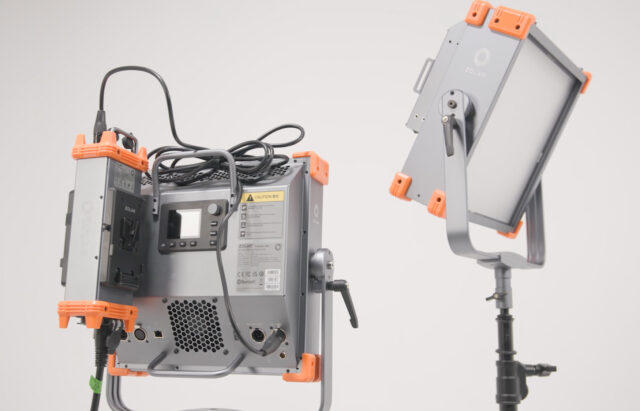
Furthermore, a proprietary ZolarLink protocol allows multiple units to be synced together. And lastly, the “C” models integrate wired and wireless DMX control capabilities with support to Art-Net and sACN protocols, while the Toliman 30S lacks this possibility.
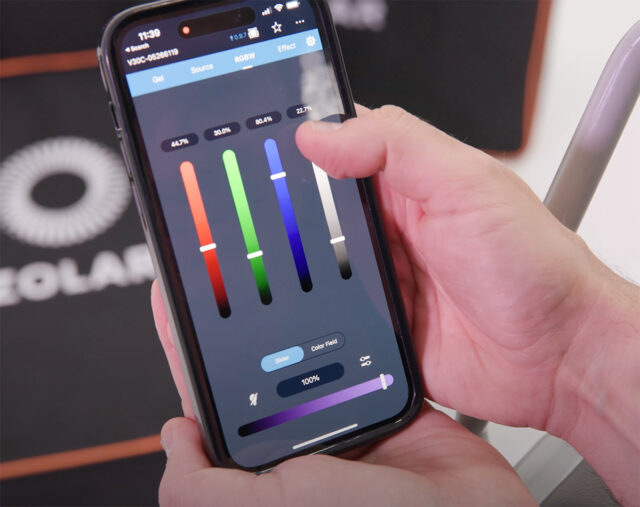
Photometrics and color accuracy
The panels can be dimmed from 0 up to 100% of their intensity in precise 0.1% increments using four different dimming curves. Moreover, the company claims they didn’t notice any significant change in intensity or color after leaving the panels running at full punch for about 1.5 years.
While this is a bold statement, Graham used his Sekonic C-700-U spectrometer to conduct some independent measurements using the Vega 30C. As advertised, the fixture actually scored an overall CRI rating of 97+ (97.6 to be exact) and the measured color temperature was pretty close to the chosen target:
| Target | Measured |
| 5,600K | 5,486K |
| 4,700K | 4,650K |
| 3,200K | 3,241K |
Also, he measured the following light outputs when positioning the spectrometer at a distance of 3 feet from the light source:
| Color temperature | Output |
| 5,600K | 7,820 lux |
| 4,700K | 9,930 lux |
| 3,200K | 9,330 lux |
What’s in the box soft cases?
While the Toliman 30S model can be stored in a single soft case, the major design drawback of the Vega 30C and Toliman 30C is that their parts come split into two different bags, one for the LED panel and the other for the power supply unit. Nonetheless, here’s a full list of included accessories:
- ZOLAR LED panel
- Yoke mount
- Remote controller
- AC/DC power adapter
- ZOLAR Stylist W panel
- AC power cable
- Remote connector cable
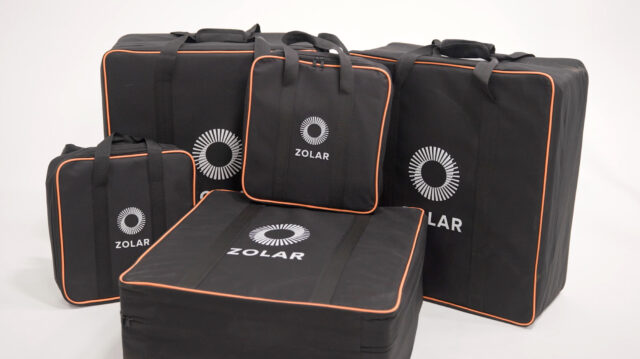
Price and availability
Overall, the ZOLAR Vega 30C, Toliman 30C and Toliman 30S light panels seem to be a great option for small-sized studios or one-man-band scenarios. The lights are available to order from B&H and CVP. The Vega 30C currently retails for $799, the Toliman 30C for $699, and the Tolicam 30S for $499, respectively, while a 32×32 softbox is also available for $49.
For more information, please visit Z CAM’s website here.
What do you think of the new ZOLAR Vega and Toliman LED panels? Do you think they can compete with existing alternatives? Let us know your thoughts in the comment section below!
